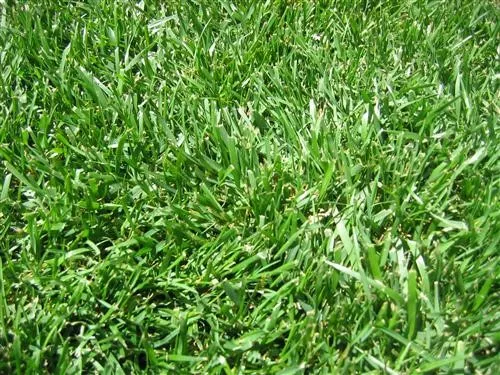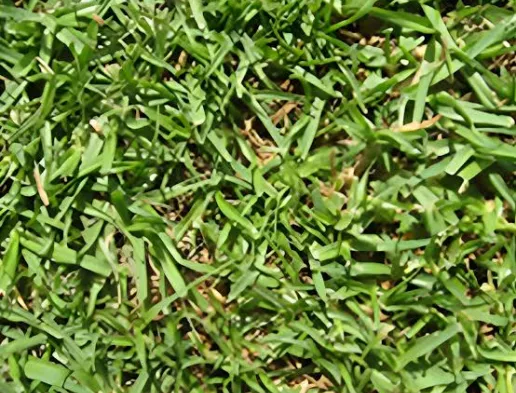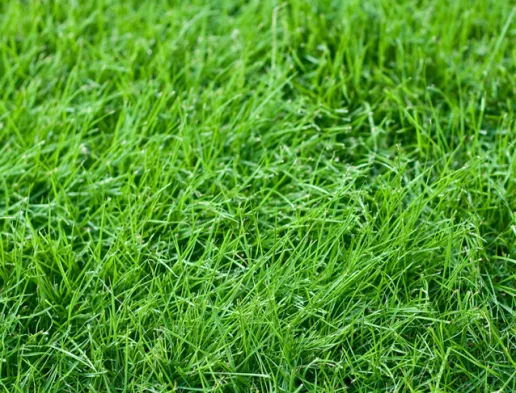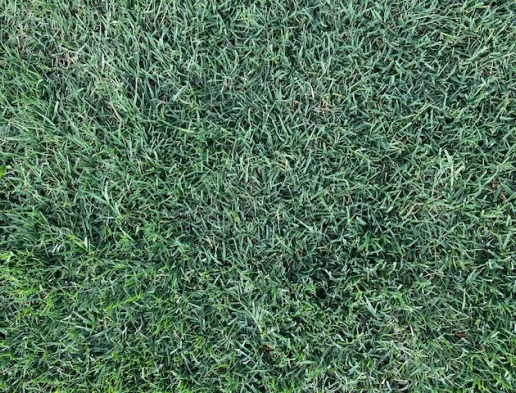Replacing your existing lawn
- Spray off existing lawn with Roundup. This will help to control any weed grasses for example paspalum or kikuyu.
- Rotary hoe or spade up the ground to around 50 -100mm deep to the root zone this allows new turf roots to penetrate. New sites we would recommend at least 50mm of top soil.
- Level off by adding a quality lawn mix to the soil - remembering to keep your soil level below 30mm of any existing paths or garden borders.
- To avoid your soil from settling after the turf has been laid you will need to consolidate the soil by trampling, raking and heeling. Leaving the surface firm with no indentations only footprints.
- Rake over lightly removing any debris such as rocks or large clods or roots. Then use a lawn level board for a smooth level surface.
- This is a good time to apply a starter lawn fertiliser, to promote some rapid root growth.
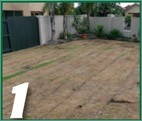
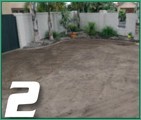
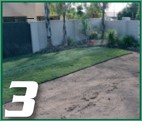

Laying the turf
- Begin laying along the longest straight edge, and work your way out.
- Always lay in a straight line, don’t try to bend the turf around a curve.
- Stagger the turf in a brick like pattern. Press the turf edges and ends together without stretching.
- Try not to leave small strips on the outer edges, these will struggle to retain moisture and results in drying out.
- You can use a sharp knife to cut the ends off. It is a good idea to stand on boards as you lay the lawn to avoid disturbing the prepared lawn bed.
- Water the lawn & keep off the new laid lawn for around 10 days to 2 weeks allowing time for the lawn to anchor down.
Watering Your New Lawn
Summer
- Water the lawn immediately after laying within 30 minutes in hot weather. At this time the amount of watering required is a good soaking so the water reaches down to the soil below.
- Water your new lawn daily, or more often if needed, to keep the turf moist until it is well rooted (about 2-3 weeks). Then less frequent and deeper watering is appropriate.
- NOTE Lawns also need air in the soil for the roots to survive so watering does not mean drowning the soil and lawn.
Winter
- If weather conditions are hot and dry when the turf is laid then ensure that the turf is kept moist without overdoing it.
- Don't water unless conditions are unusually dry, the moisture levels in winter are generally sufficient for the turf to establish without extra watering.
Mowing
- Commence mowing 14 - 21 days after the lawn is laid. Remember to reduce irrigation in the days leading up to your mowing as you want the ground firm underfoot.
- Cut off 1/3 of the length and remove the clippings. Mow every 4 - 6 days in the first month and then weekly.
- The mowing height should initially leave the grass on the long side. Once established reduce to an approximate height of 25mm for Fine Fescue, 40-50mm for All Seasons Tall Fescue. Established Kikuyu 20-30mm & Couch 25mm.
- In hot dry weather it is desirable to leave the grass 5-10 mm longer which helps it cope with the heat and retain moisture.
Feeding
- Your new lawn will be ready for feeding about a month after laying. You will notice the growth rate will slow and the lawn will begin to lose colour, which is an indication it is time for a feed.
- Use a slow-release fertiliser directions as per packet instructions.
- Reapply fertiliser about every 2 months, if the lawn is lush and has good colour the feed can be delayed. However, if the soil is poor or sandy and vigour is lacking, then feed more frequently.

Tall Fescue
Dark Green Colour. Medium Coarse Leaf Texture. Tolerates Some Shade and Frosts.
Kikuyu
Light Green Colour. Medium Coarse Leaf Texture. Drought Tolerant. Hardy. Winter Dormancy.
Fine Fescue
Mid Green Colour. Fine Needle Like Leaf Texture. Shade Tolerant. Drought Dormancy.
Couch Grass
Warm Season Variety. Blue Green Colour. Fine Coarse Leaf Texture. Drought Tolerant. Hardy. Winter Dormancy.


